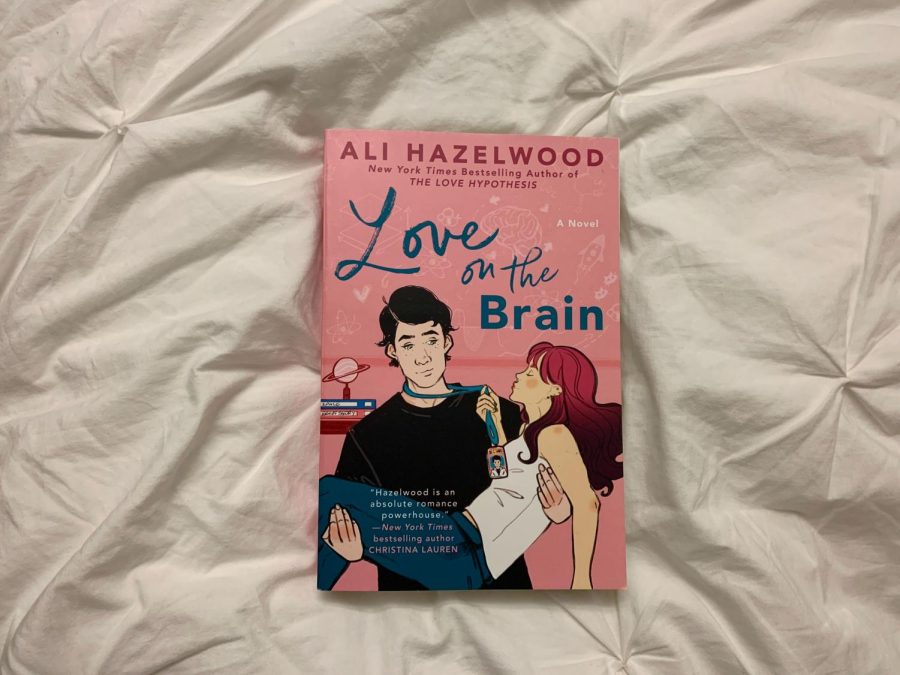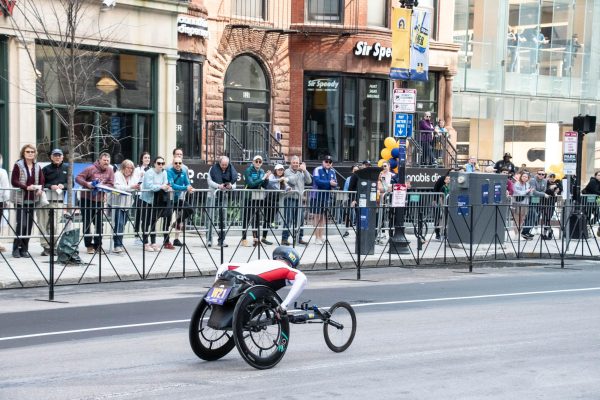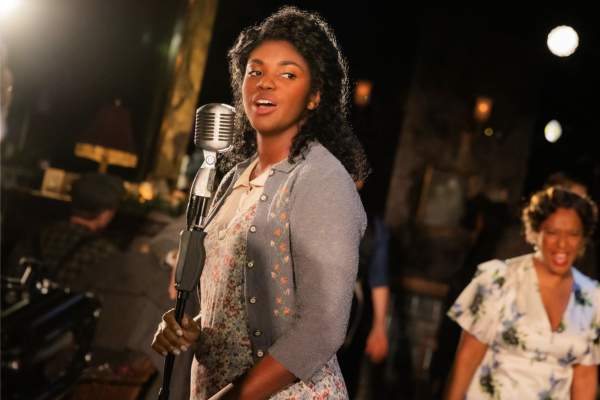Review: ‘Love on the Brain’ tests the limits of romantic comedy tropes
“Love on the Brain” is Ali Hazelwood’s sophomore novel.
September 26, 2022
What would Marie Curie do if she found out she was the posthumous lead inspiration for Ali Hazelwood’s newest book? (Seriously, Curie is mentioned more than 100 times throughout the story.)
“Love on the Brain,” Hazelwood’s sophomore novel, is both an homage to Curie and an “opposites attract” workplace romance. The story follows Bee Königswasser, a pink-haired, cat-lady-with-no-cat neuroscientist, who receives the offer of a lifetime: leading a NASA neuroengineering project. But it takes two to tango in a romance novel. Bee’s counterpart is none other than her nemesis from grad school, Levi Ward. Faced with a gig she can’t refuse, Bee has no choice but to work with a person who finds her intolerable, who ignores her emails, who eats her vegan donuts and who looks away when she’s in the room. Clearly, Levi hates her, right?
At first glance, “Love on the Brain” seems to stand on its own two legs, but upon closer inspection, the story is simply a variation on Hazelwood’s debut novel, “The Love Hypothesis.” She recycles the same tropes as in her previous work, including “grumpy and sunshine,” forced proximity, miscommunication and enemies-to-lovers, to name a few. She leans too far into these tropes, making the book almost reliant on clichés for plot development. Bee and Levi are caricatures of Olive and Adam, the love interests from “The Love Hypothesis,” with the same but more extreme characteristics; he’s colder, she’s quirkier.
With the first half of the book based entirely on misunderstandings and a lack of communication (some of romance readers’ worst nightmares) between Bee and Levi, it is difficult to imagine how Levi could possibly be an attractive love interest. But one conversation clears the air, and Levi turns into someone else entirely. The change in Levi’s personality is at once abrupt and puzzling. Hazelwood defies the laws of physics as she turns someone who clenches his fists when Bee’s name is called into an expert at communication and love confessions overnight in the latter portion of the book. Levi’s characterization would benefit from a starting point just a few feet above rock bottom and a more gradual transformation throughout the novel.
Hazelwood’s elevator pitch for “Love on the Brain” leads with its representation of women in science, technology, engineering and math, or STEM. The novel portrays casual workplace sexism and gender stereotyping, ranging from scenes of Bee’s male colleagues taking her less seriously to moments where they ignore her ideas altogether. Yet Hazelwood’s intent suffers from her need to generate “meet-cute” moments between her characters. Instead of finding a way for Bee to stand up for herself in her workplace, Hazelwood has Levi swoop in and save the day — not quite the “STEMinist” motivator that Hazelwood is reaching for.
At the end of the day, “Love on the Brain” is a fun and humorous piece of escapism that manages to highlight the trials and tribulations of being a woman in STEM while delivering a charming and swoon-worthy romance between workplace rivals. Hazelwood nails the pacing of the novel, never stretching the story beyond its intended length or rushing through the climax — though the ending did feel slightly out of place, no spoilers. The novel may not take over TikTok or win over the literary snobs, but it stands as a solid romantic comedy against its counterparts on the bookshelf.
As Hazelwood and readers alike look to the third installment in her rom-com catalog the author has the opportunity to explore new personalities and unfamiliar tropes in her next work, instead of sticking to what has worked in the past.
★★★☆☆


















